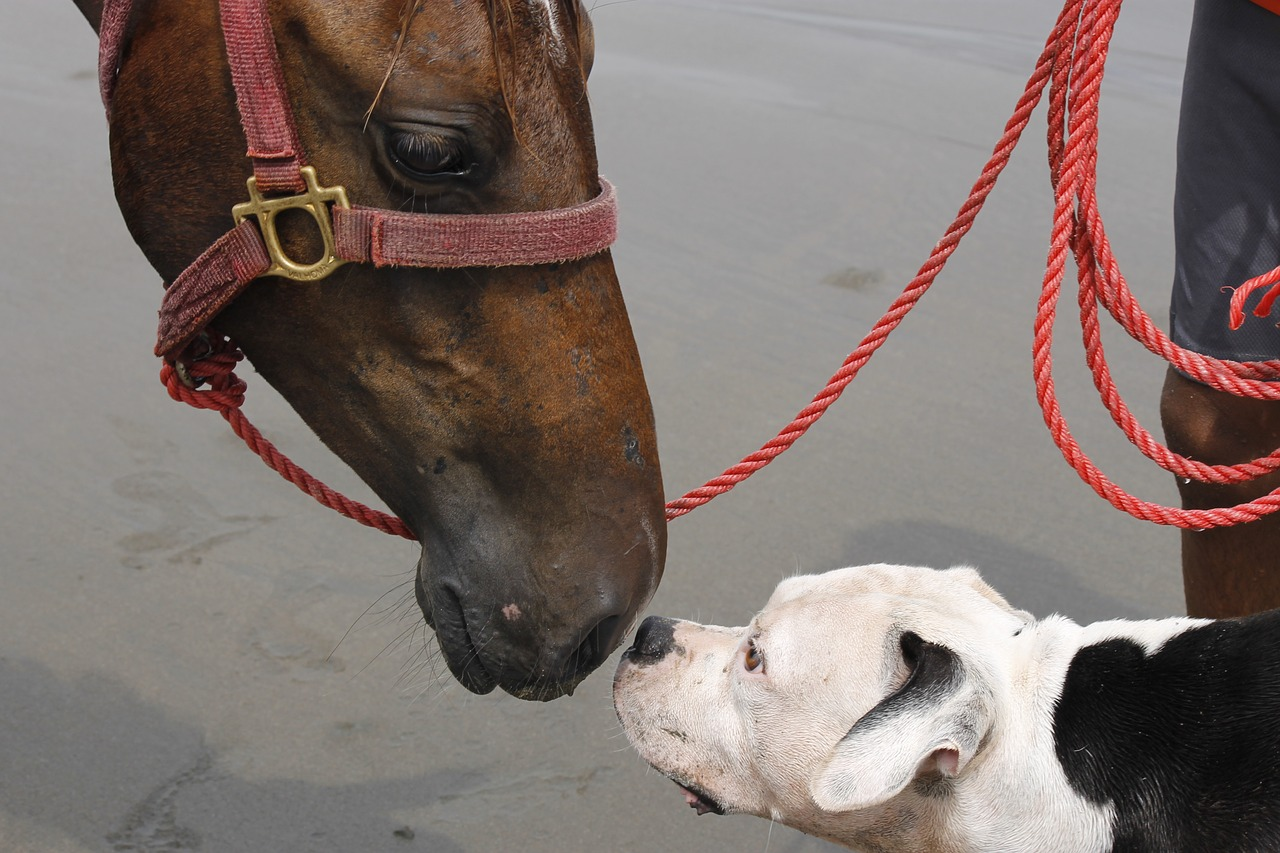Naming olfactory receptor genes in vertebrates
HGNC, VGNC, Guest Post ·
This month we are celebrating the publication of our work on a new naming system for olfactory receptor genes in vertebrates. This work was done in collaboration with olfactory receptor experts at the Weizmann Institute of Science in Israel, Tsviya Olender and Doron Lancet, and it has been published in BMC Evolutionary Biology.
The Olfactory Receptor (OR) family is the largest gene family in the mammalian genome, and these genes are responsible for the primary step in odor recognition. For many years, an official nomenclature system has been in place only for human olfactory receptors, while different nomenclature systems are currently in use in other vertebrates. By applying a unified nomenclature across all vertebrate olfactory receptors it is now possible to do immediate cross-species comparisons as well as within species. For example, we propose the renaming of mouse Olfr959 and Olfr149 to Or10d1 and Or10d1b respectively, to reflect their orthologous relationship to human OR10D1P and their paralogous relationship to each other.
In our paper we assigned the new nomenclature to olfactory receptor genes of mouse, rat, dog, horse, chimpanzee, orangutan and zebrafish (> 10,000 genes). We are in the process of approving this nomenclature in VGNC species and it is under consideration for mouse, rat and zebrafish. We believe that this nomenclature provides the scientific community with a framework for evolutionary and functional studies of this large and complex gene family.

To mark this event we are highlighting the background and research of Dr. Tsviya Olender, who is the first author on this study.
Dr. Olender is a research associate at the Weizmann Institute of Science.
For more than 19 years, and as part of the group of Prof. Doron Lancet, she has studied the olfactory receptor gene family. In her research she studies the evolution of the OR repertoire by comparative genomics of different vertebrates, as well as the genetics of human olfaction.
By employing various computational methodologies and genome-wide analyses, she elucidated the entire olfactory sub-genome in human and other mammals and vertebrates, including zebrafinch, a songbird which serves as a model animal for the process of language learning.
In the realm of human olfaction, her studies discovered an extremely high genetic diversity in human olfactory receptors, which might underlie high variability of human individuals in their sensitivities towards specific odorants (specific anosmia). She was also involved in several studies that uncovered mutations that cause general anosmia, and genetic studies of other hereditary diseases.
In 2016 she became a bioinformatician in the Molecular Genetics department at the Weizmann Institute, where she is involved in various projects, including the continuation of her work with Doron Lancet on olfactory receptors.
